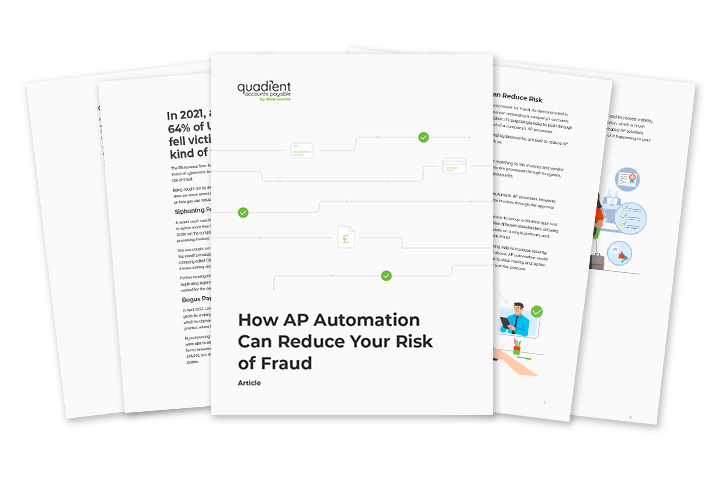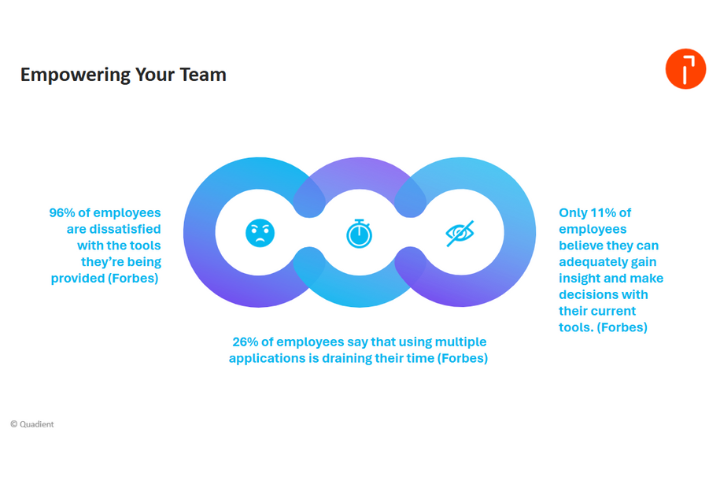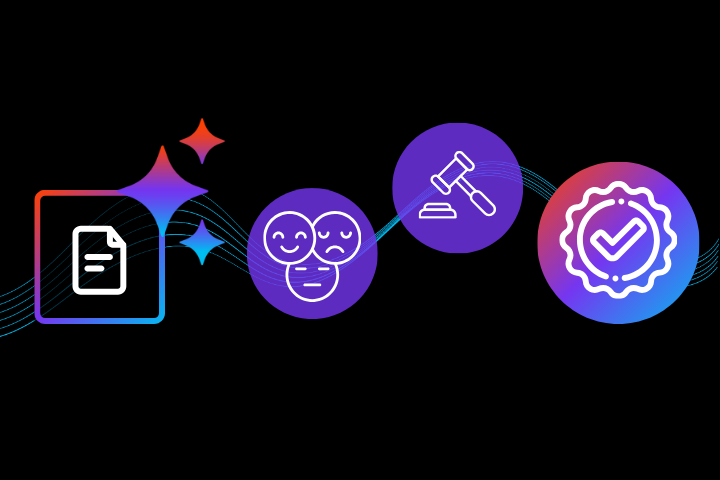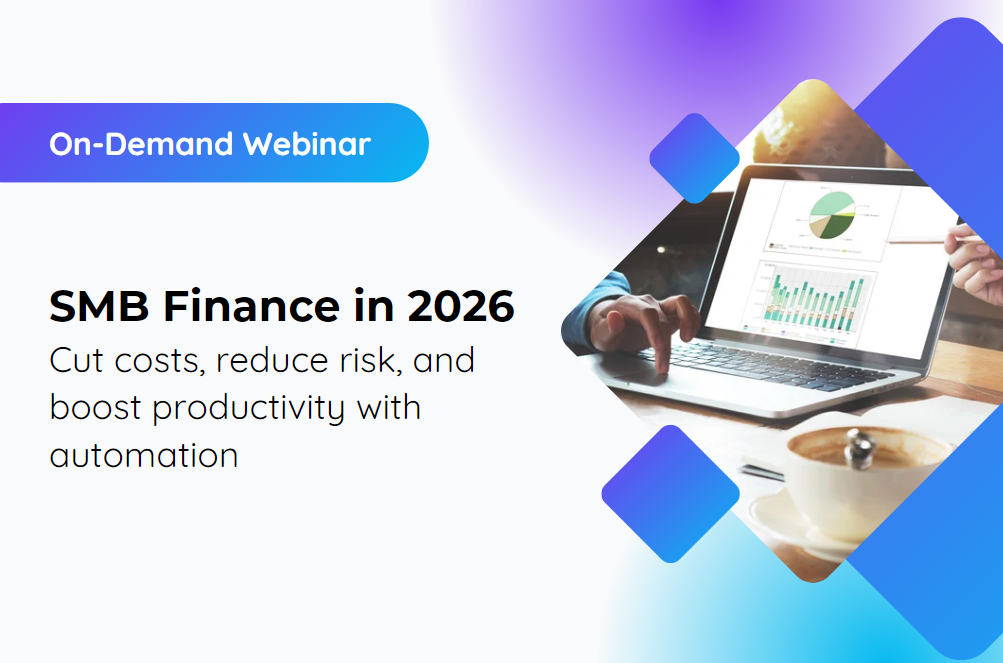
In 2021, a staggering 64% of UK companies fell victim to some kind of fraud
The 8% increase from the previous year can be partly explained by the growing threat of cybercrime, but also by the lack of evolving technologies to mitigate the risk of fraud.
Being caught out by an accounting or finance scam is easier than you might expect. Here are some recent examples from UK businesses to explain why, and some tips on how you can reduce your risk.
Siphoning Funds
A recent court case in Cardiff found that finance officer, Alison Smith, managed to siphon more than £1.3 million away from a family-owned engineering business. Smith ran the company’s bookkeeping, including manually generating and processing invoices.
She was caught out after leaving the company when a different employee reviewed the month’s invoices. There was an outstanding invoice of more than £4,000 for a company called Oil 4 Wales. However, when the employee contacted the company, it knew nothing about the outstanding payment.
Further investigation revealed that Smith had been creating fraudulent invoices by duplicating legitimate ones and changing the bank details. Over the nine years she worked for the company, she was able to steal £1,315,143.
Bogus Paperwork
In April 2022, London-based accountant Aloke Kundu was jailed for two-and-a-half years for making fraudulent VAT repayment claims. The amount totalled £160,000, which he claimed for family-owned businesses. Kundu owned his own accountancy practice, where his family’s businesses filed their tax claims.
By outsourcing their tax returns to a third-party company, Kundu’s family members were able to shift liability onto Kundu. He then generated 12 fake VAT repayment forms between August 2016 and October 2017. In this time, he managed to claim £96,000, but HMRC withheld the remaining £64,000 related to his VAT repayment claims.
Company Credit Card
In October 2022, a Swansea-based office manager was found guilty of fraud and theft after she stole more than £63,000 from her employer. Debra Robbins used the company credit card to pay for her everyday shopping, including petrol, over the course of 7 years.
Robins was able to get away with the theft because she was often left alone in the office with access to the company’s credit card and bank account. The card was meant for paying suppliers and was kept in a safe in the office. Only Robins and the business owner had the safe code.
Unlike the case above, where the finance officer generated fake invoices, Robins simply stole the money. She used the credit card to pay for shopping, petrol and takeaways, and just returned it to the safe the next day. Robins was able to get away with it for so long because she was the only one in charge of the AP process.
How AP Automation Can Reduce Risk
Manual invoicing is almost the perfect environment for fraud. As demonstrated in the Alison Smith case above, having one person managing a company’s accounts provides an opportunity for invoice duplication. It’s surprisingly easy to push through fake invoices when you’re the one in control of a company’s AP processes.
AP automation solutions, such as that offered by Beanworks, are built to reduce AP fraud. There are plenty of ways it helps, such as:
Document Matching
AP automation includes automatic document matching to link invoices and vendor information. Doing so means, provided invoices are processed through its system, it’s impossible to generate duplicate or fake documents.
Approval Chains
Approving invoices necessary for manual and automatic AP processes. However, when done manually, it’s possible to slip duplicate invoices through the approval chain if you know what you’re doing.
Using an automated AP solution allows your business to set up a detailed approval chain for all those involved. The system then notifies different stakeholders, allowing them to log in and review transactions. Storing details on a single platform, and providing access to everyone involved, helps reduce fraud.
Importantly, approval chains and document matching help to increase security throughout the AP process. In the cases mentioned above, AP automation would greatly reduce the risk of a single person being able to steal money and siphon funds because of the security measures in place for just this purpose.
Accessible Documentation
Automating the entire AP process means faster data entry and increased visibility. Fraud relies on deception and withholding valuable information, which is much harder on a centralised automatic platform. Although automated AP solutions don’t make fraud impossible, they certainly reduce the risk of it happening to your business.
Download the white paper here.









